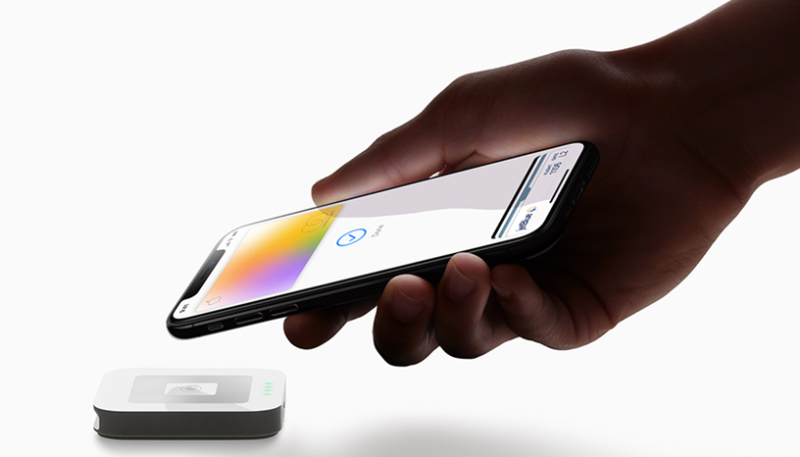If you ask an Apple Pay users whether or not they love the mobile payments service, they’ll likely reply that they do. So, it’s somewhat odd that Apple’s new physical Apple Card credit card could be the driver for Apple Pay hitting mass-market adoption.
While Tim Cook announced there were over one billion Apple Pay transactions in Q3 of 2018. Estimates put Apple Pay activation at around one-third of iPhone users turning it on.
However, actual use numbers among iPhone and Apple Watch users are not so encouraging. Among users that have activated it, they used it for only 3% of transactions at merchants that accepted the form of payment.
A new survey by Business Insider suggests the Apple Card could be the push Apple Pay needs to boost its usage. Nearly 80% of customers said they would be more likely to use Apple Pay on their device if they owned the physical card.
Half of respondents said they would be “much more likely” to pay with Apple Pay if they had the Apple Card. 20% said they would be “somewhat more likely,” and 11% replied they’d be “a little more likely.”
The logic behind the somewhat odd findings are that folks want the physical card because it looks cool, but the higher cash-back rewards available for using Apple Pay would drive usage on users’ devices.
42% of iPhone users are “extremely interested” in applying for Apple’s new credit card. Less than 15% of respondents show no interest at all.
No fees and cash-back rewards were reportedly the most appealing features of the new card, but 18% of respondents replied the design of the physical card was a bigger driver behind their desire to have it.
How about you? Are you going to apply for an Apple Card? What are the reasons behind your decision? Join the discussion at the link below.


